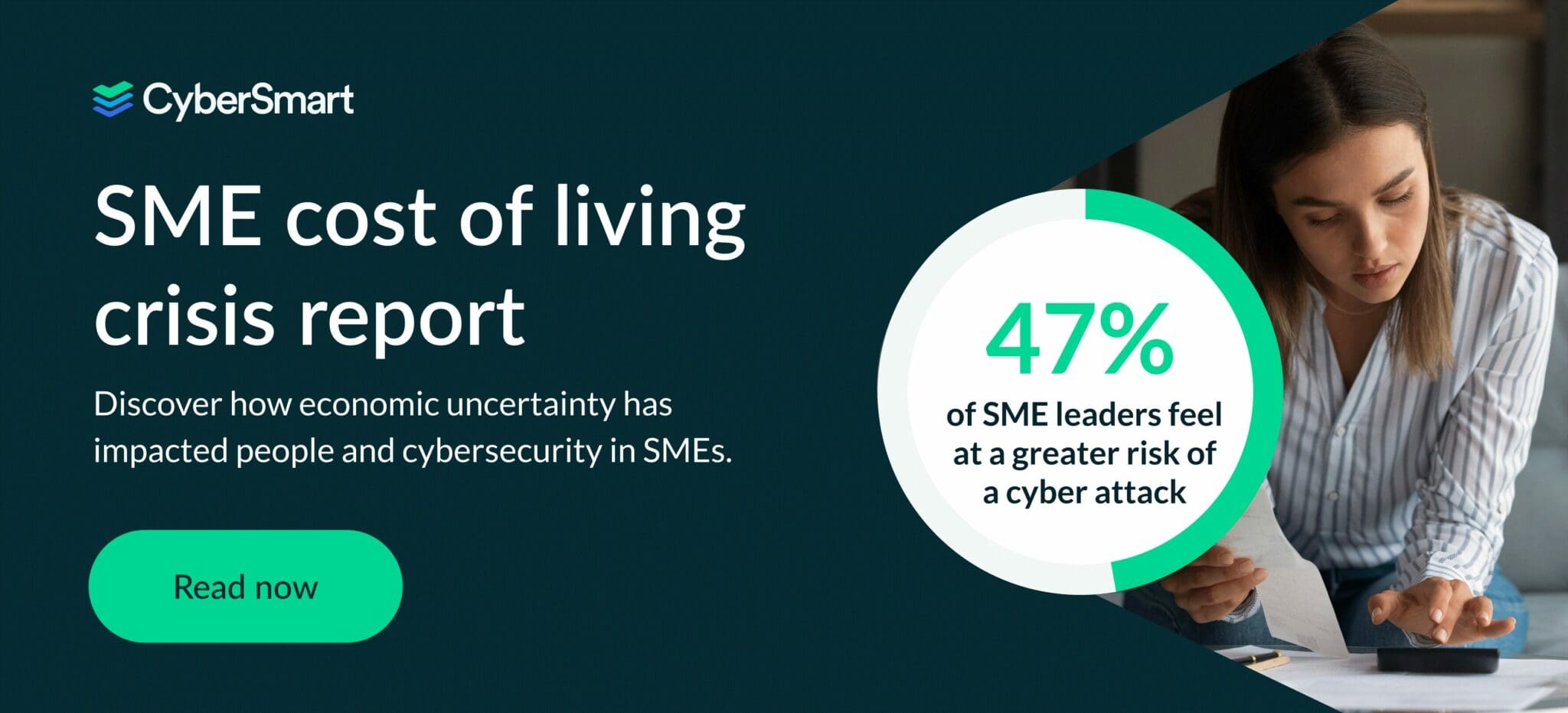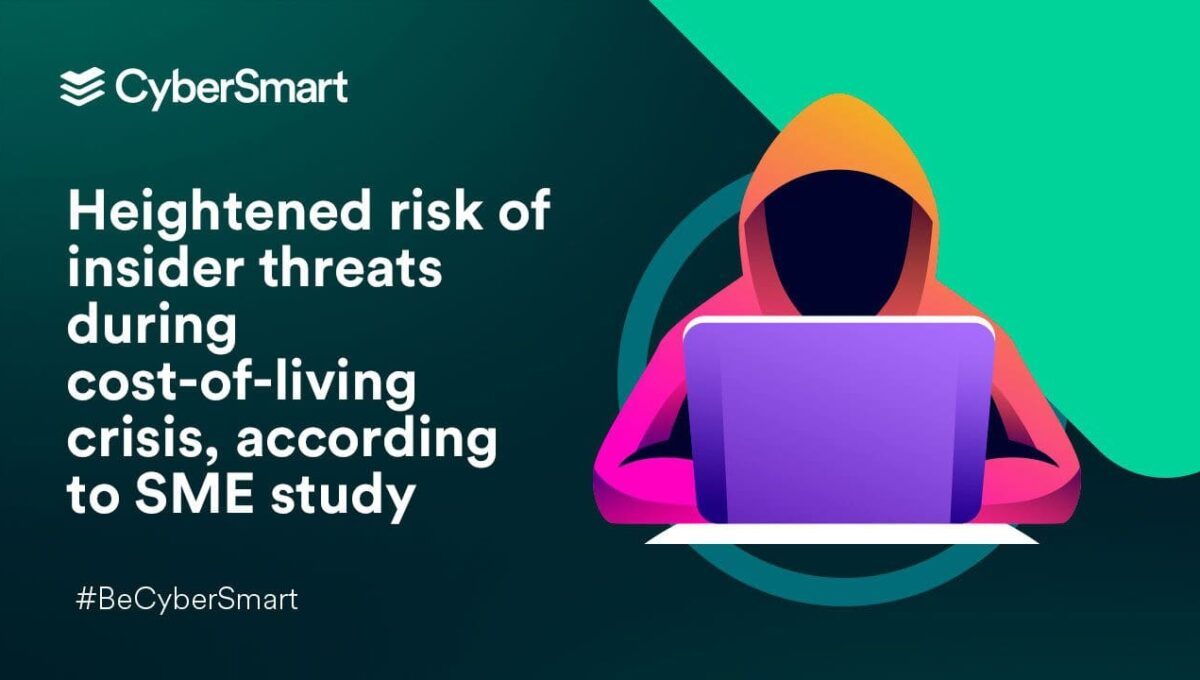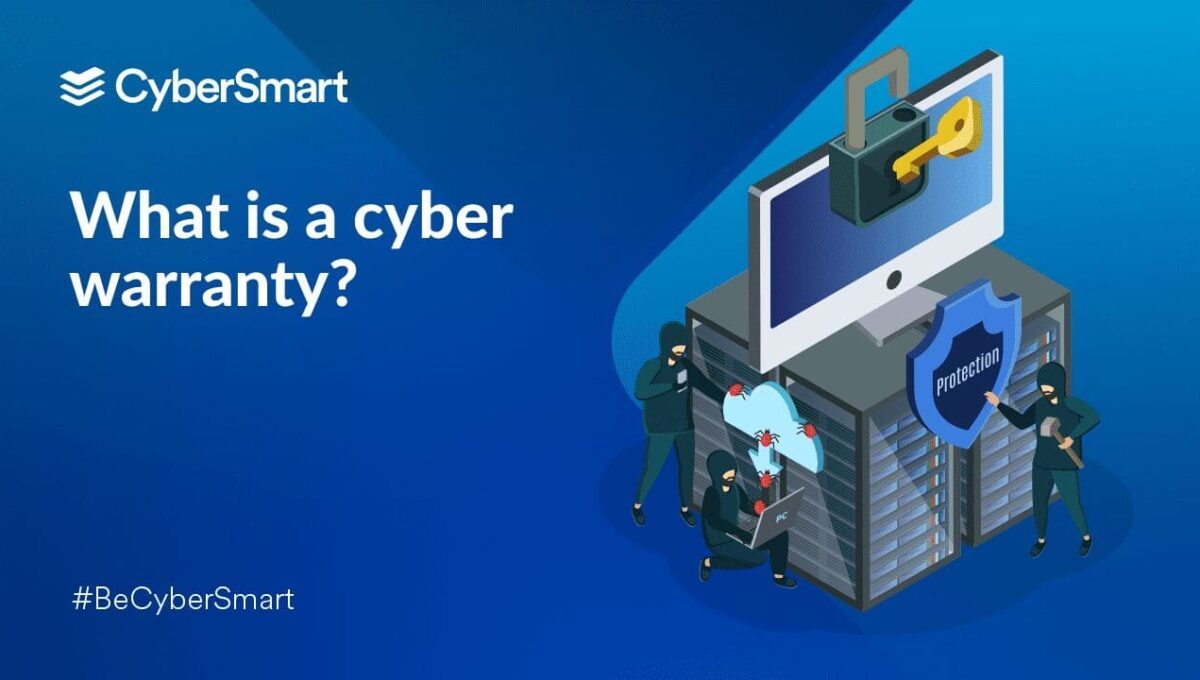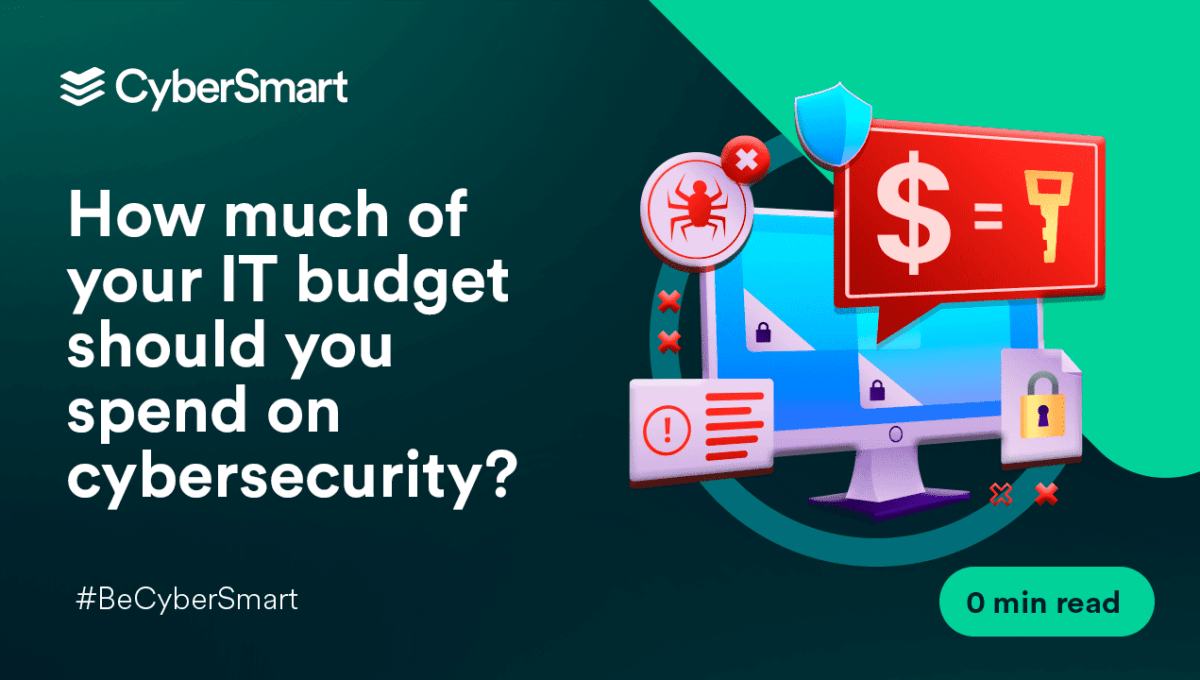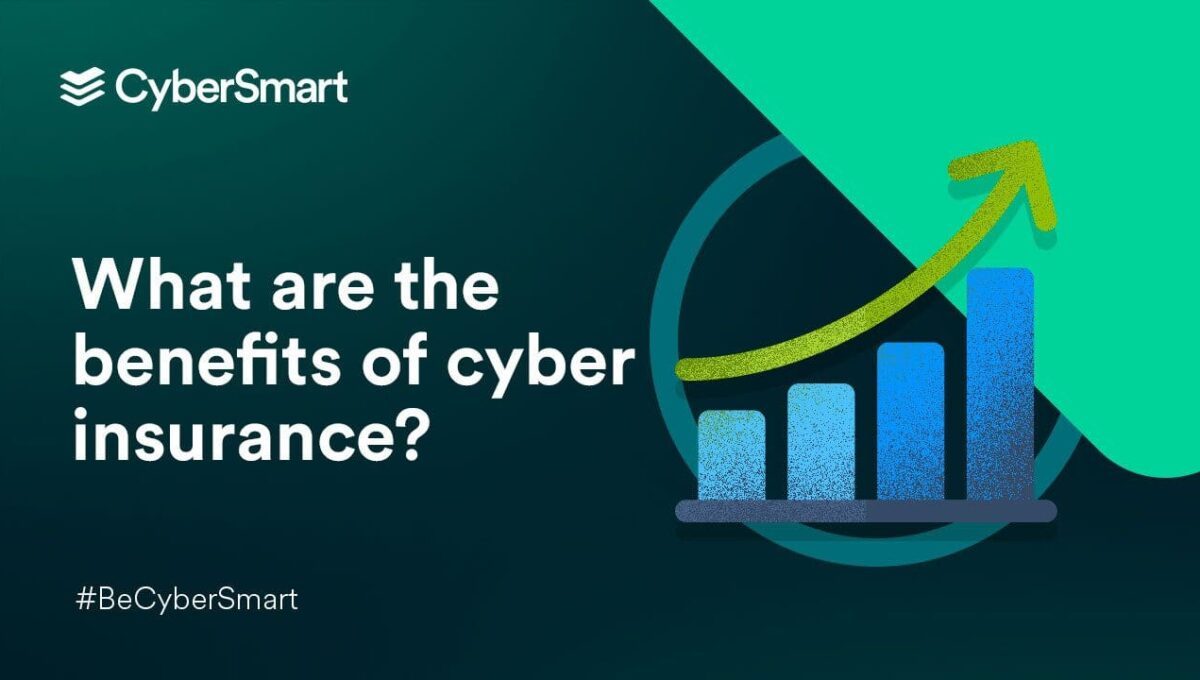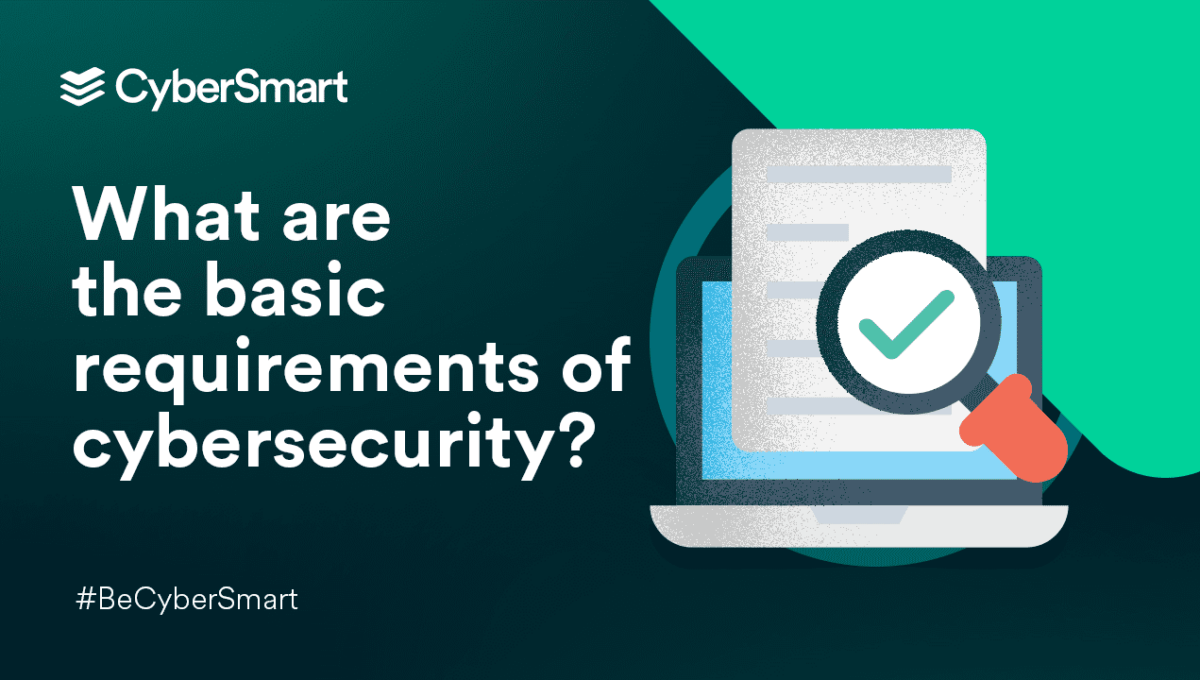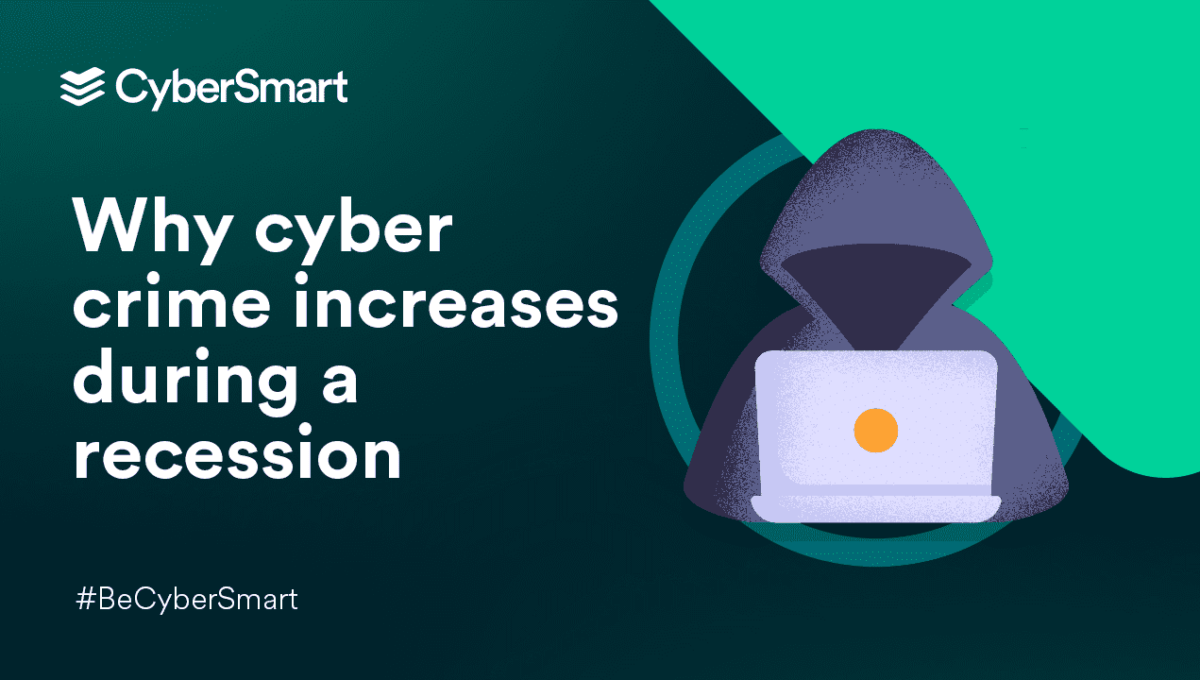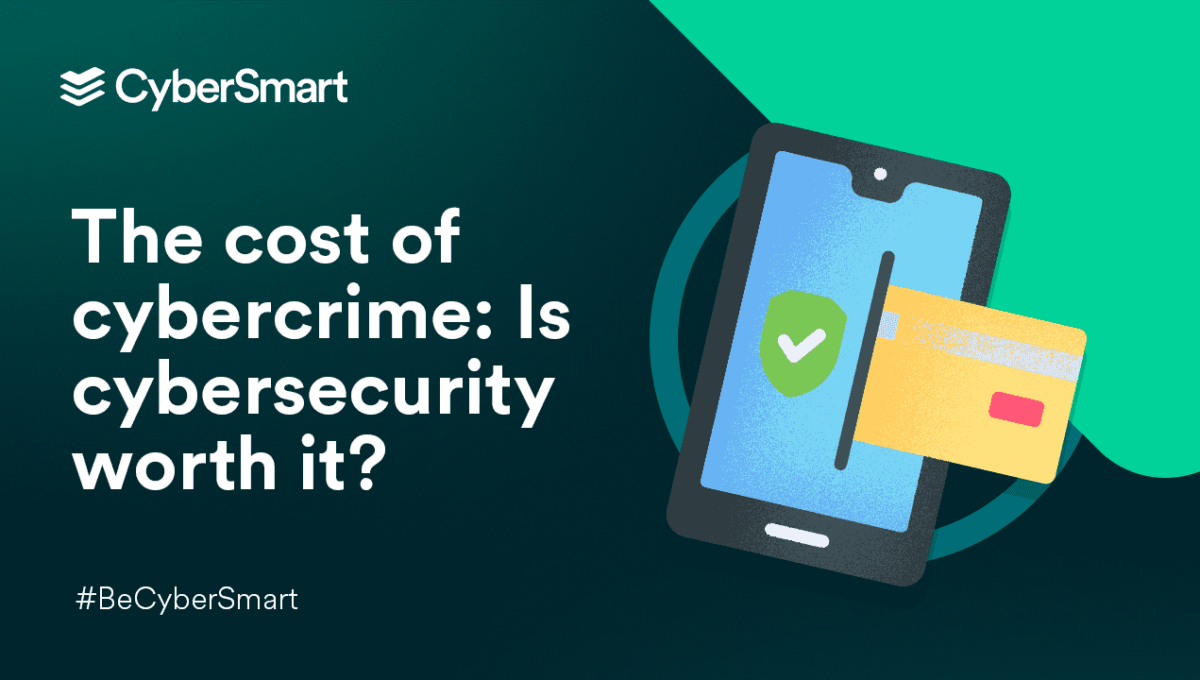Our latest research (to be released as a report) reveals fear among UK SMEs about insider threats. Some key findings include:
- Nearly half of UK SMEs (47%) believe they are at greater risk of a cyberattack since the cost-of-living crisis.
- 38% believe this is due to increased malicious insider threats, and 35% believe it is due to negligent insider threats.
- 1 in 4 believe staff are overwhelmed or concerned about meeting their financial commitments.
- 20% believe employees will steal sensitive or proprietary data from the company to sell for profit or for a competitive advantage.
- 17% believe employees will seek to harm the company's reputation due to resentment over salary cuts/stagnation and/or layoffs.
London, UK (15th June 2023) – Nearly half of UK SMEs (47%) believe they are at greater risk of a cyberattack since the onset of the cost-of-living crisis. Of these respondents, 38% believe this is due to increased malicious insider threats (i.e., disgruntled employees making decisions that are not in the best interest of the company) and 35% believe it is due to negligent insider threats (i.e., overworked or distracted employees making mistakes). This is according to a survey of a thousand SME senior leaders across the UK, commissioned by CyberSmart, the category leader in simple and accessible automated cybersecurity technology for small and medium-sized enterprises (SMEs), and conducted by Censuswide.
In light of the economic uncertainty, almost 1 in 3 employers (29%) admit that employee salaries have stayed the same: in effect, resulting in a decline of real wages to accommodate for inflation. A further 11% have even gone so far as to reduce salaries. What’s more, nearly a quarter (24%) of SMEs have hit pause on recruitment, while 16% have laid off employees for budgetary reasons.
It is no coincidence then that 1 in 4 employers (24%) are finding that their staff are overwhelmed or concerned about meeting their financial commitments, while nearly a fifth (18%) find they are feeling overworked. Moreover, 16% believe their staff are less engaged or productive due to the stress, 14% think they are more disgruntled and 11% have noticed an increased rift between senior leadership and employees.
Remarkably, employers expect their employees might engage in the following activities whilst in this unhappy state.
- 22% believe employees will take on a second or third job during contractual hours.
- 22% believe employees will be more likely to make mistakes such as clicking on a phishing link.
- 20% believe employees will steal sensitive or proprietary data from the company to sell for profit or for a competitive advantage.
- 17% believe employees will seek to harm company reputation due to resentment over salary cuts/stagnation and/or layoffs.
- 14% believe employees will use AI such as ChatGPT to do their job for them.
- 14% believe employees will steal money from the company or commit financial fraud.
“Not all businesses are experiencing a negative company culture as a result of the crisis. In fact, 20% believe the cost-of-living crisis has brought the company closer together and 16% of employees are becoming more motivated to impress senior leaders. Nevertheless, in times like these, it is crucial that employers are mindful of how their staff are coping,” said Jamie Akhtar, CEO and Co-Founder of CyberSmart. “It only takes one disgruntled or overworked member of staff to make a decision that could put the entire business at risk. This research highlights the importance of conducting regular security awareness training, but also the need to show up for employees with empathy and support.”
It should be noted that SME business leaders also consider external forces to be responsible for the growing risk of cyberattacks, with 32% attributing it to higher rates of supply chain fraud and 31% expressing concern about nation-state interference from hostile countries such as Russia and China.
Want to know more? Read the report in full here.
